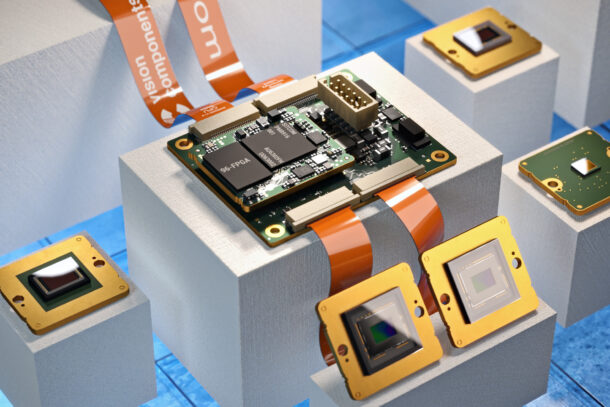The 8085 microprocessor, introduced by Intel in 1977, is an 8-bit microprocessor that uses a single +5V DC power supply for its operations. It’s a successor to the 8080 microprocessor and is known for its simplicity, making it a popular choice for beginners learning about microprocessor architecture.
Key Features of the 8085 Microprocessor:
- 8-bit Data Bus: It can process 8 bits of data simultaneously.
- 16-bit Address Bus: It can address up to 2^16 = 65,536 different memory locations.
- Clock Speed: Typically operates at 3 MHz.
- On-chip Clock Generator.
- 74 Instructions: The 8085 has a rich set of instructions, which can be categorized into five groups: data transfer, arithmetic, logical, branching, and machine control operations.
- Five 8-bit Registers: B, C, D, E, H, and L which can also be paired as BC, DE, and HL.
- On-chip Oscillator and System Controller.
Instruction Set Overview:
Here’s a brief overview of some of the 8085’s instruction set:
| Instruction | Description (English) |
|---|---|
| NOP | No operation |
| MOV | Move data from source to destination |
| MVI | Move immediate data to a register |
| LXI | Load register pair with immediate data (e.g., LXI H,xxxx) |
| LDA | Load accumulator from memory |
| STA | Store accumulator to memory |
| LHLD | Load H and L registers from memory |
| SHLD | Store H and L registers to memory |
| ADD | Add register to accumulator |
| ADC | Add register and previous carry to accumulator |
| SUB | Subtract register from accumulator |
| SBB | Subtract register and previous carry from accumulator |
| INR | Increment register by 1 |
| DCR | Decrement register by 1 |
| INX | Increment register pair by 1 |
| DCX | Decrement register pair by 1 |
| CMA | Complement accumulator |
| CMP | Compare accumulator with register |
| JMP | Jump to specified address |
| JC | Jump if carry is set |
| JNC | Jump if carry is not set |
| JZ | Jump if zero flag is set |
| JNZ | Jump if zero flag is not set |
| CALL | Call subroutine |
| RET | Return from subroutine |
| PUSH | Push register pair onto stack |
| POP | Pop register pair from stack |
| RST | Jump to specific reset vector |
| DI | Disable interrupts |
| EI | Enable interrupts |
| HLT | Halt microprocessor |
Applications of the 8085 Microprocessor:
The 8085 found its way into various applications due to its simplicity and ease of use. Some of its applications include:
- Traffic light control
- Temperature control systems
- Washing machines
- Calculators
- Basic computer systems
Conclusion:
The 8085 microprocessor, though considered primitive by today’s standards, played a pivotal role in the evolution of microprocessor design. Its simplicity and robust instruction set made it an ideal learning tool for students and hobbyists alike. Even today, it remains a fundamental part of many academic curriculums, offering a hands-on introduction to the world of microprocessors.


